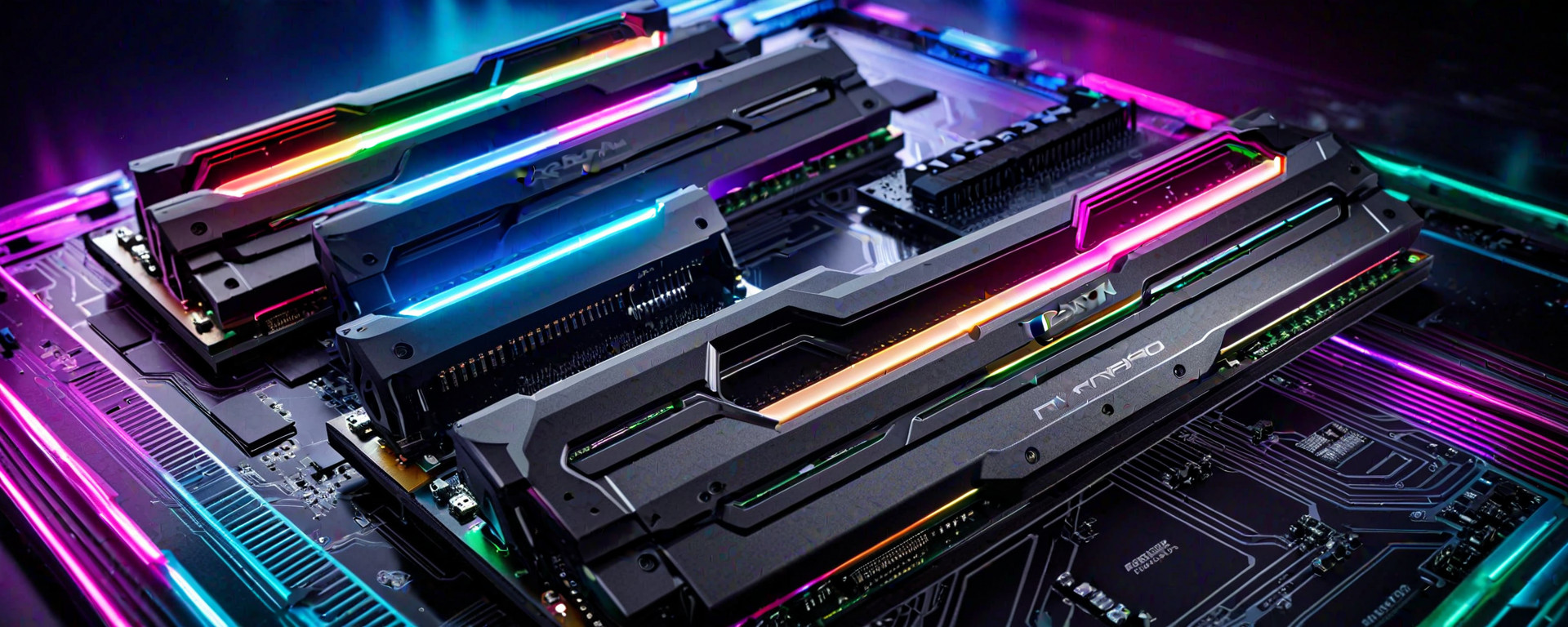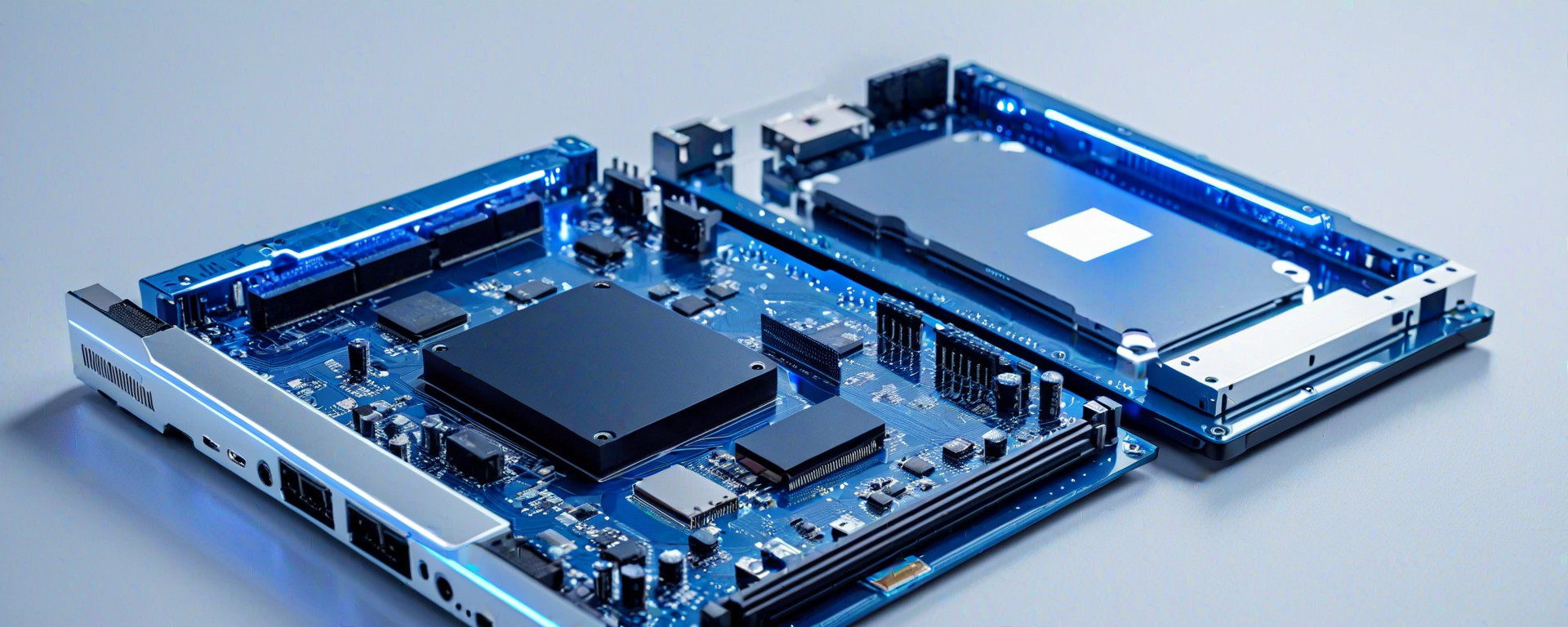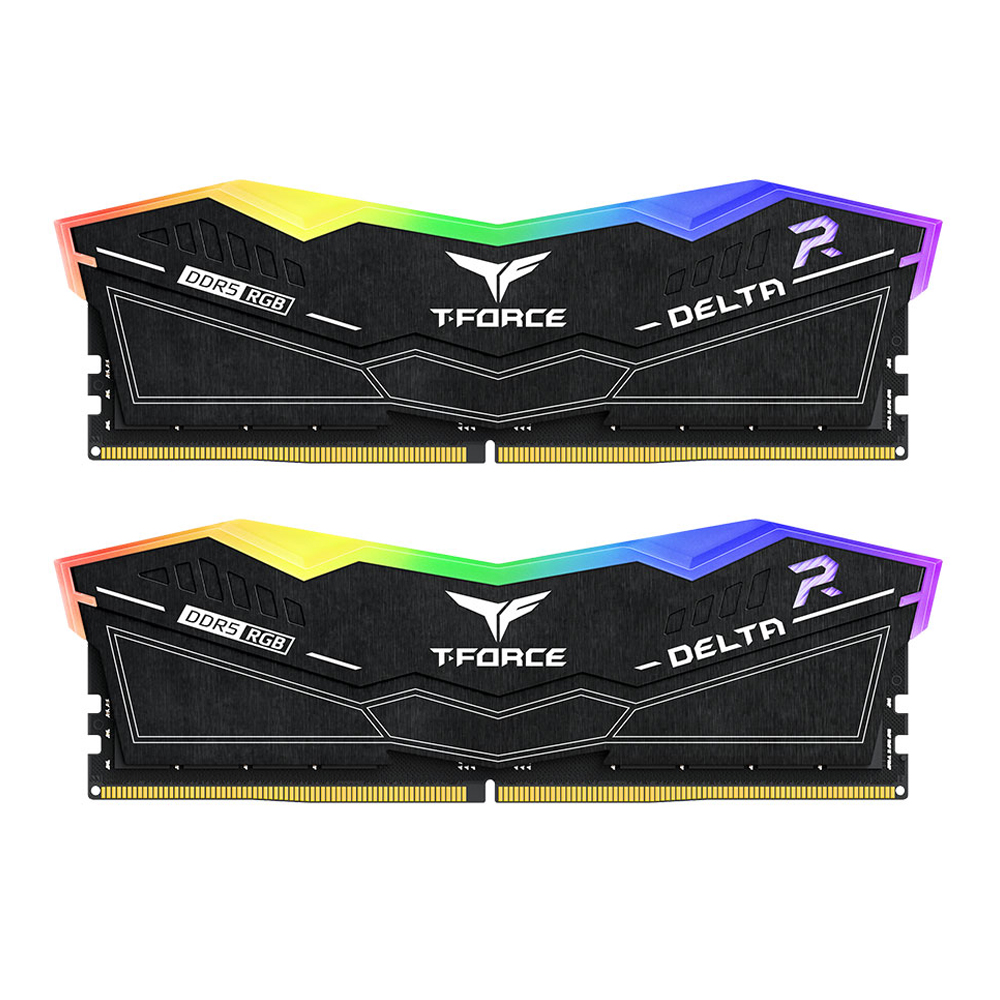Introduction to RAM and Its Importance
RAM, short for Random Access Memory, plays a crucial role in computing devices by providing temporary storage that allows your computer to access data quickly and efficiently. Unlike hard drives or SSDs, which store data permanently, RAM is volatile memory that stores information temporarily while the device is powered on. The amount of RAM installed in your system can significantly impact performance, especially when handling multiple tasks simultaneously.
RAM capacity directly affects how many applications you can run at once and how smoothly these applications operate. With insufficient RAM, your computer may struggle to handle even basic operations efficiently, leading to frequent crashes or sluggish performance. Conversely, having too much RAM might not necessarily translate into better performance; there's a sweet spot that balances cost and functionality.
Understanding Different Types of RAM
The type of RAM you choose can impact your system's overall efficiency and compatibility with other hardware components. DDR (Double Data Rate) technology has evolved through several generations, each offering improvements in speed and efficiency:
- DDR3: This is an older generation of memory that was widely used from around 2007 to the early 2010s. It operates at higher speeds than DDR2 but consumes less power.
- DDR4: Introduced in 2014, DDR4 provides faster data transfer rates and lower voltage requirements compared to DDR3. This makes it more energy-efficient, ideal for modern high-performance systems.
- DDR5: The latest generation of RAM as of late 2023, DDR5 further enhances performance with higher bandwidth and reduced power consumption. It's designed primarily for advanced computing needs in desktops and servers.
Choosing the right type of RAM depends on your system’s specifications and intended use. For instance, if you're upgrading an older computer that only supports DDR3, sticking to this standard will be necessary. However, for newer systems or those built after 2015, switching to DDR4 or even DDR5 can yield noticeable performance improvements.
Key Features of Each Type
DDR3:
- Transfer Rate: 800 MT/s - 1600 MT/s (Megatransfers per second)
- Voltage Requirements: 1.5V
- CAS Latency Range: Typically between CL9 and CL11
DDR4:
- Transfer Rate: 2133 MT/s - 3200 MT/s
- Voltage Requirements: 1.2V
- CAS Latency Range: Typically between CL15 and CL18
DDR5:
- Transfer Rate: Up to 6400 MT/s (as of late 2023)
- Voltage Requirements: 1.1V
- CAS Latency Range: Typically between CL38 and CL44
Determining the Right Amount of RAM for Your Needs
The amount of RAM you need depends on your computing habits, the operating system you use, and the applications or games you run. Here are some guidelines to help you decide:
- Basic Usage (Web Browsing, Email): 4GB – 8GB is sufficient for light tasks.
- Multitasking (Multiple Tabs/Open Applications): Aim for at least 16GB of RAM to handle multiple applications smoothly without lagging.
- Gaming and Heavy Workloads: For gaming, particularly with modern titles that are highly demanding, you should consider having between 8GB - 32GB depending on the game's requirements. Professional tasks like video editing or software development might require even more RAM for optimal performance.
Operating System Considerations
Your choice of operating system also influences your RAM needs:
- Windows 10/11: Microsoft recommends at least 4GB for Windows 10 Home and suggests a minimum of 8GB for better performance. For Windows 11, an 8GB base is recommended.
- MacOS: Apple advises a minimum of 8GB for macOS Catalina or later versions but recommends 16GB for smoother operation.
- Linux: Linux distributions generally perform well with less RAM than Windows, often running smoothly on as little as 4GB. However, high-performance tasks such as server operations might require more.
Choosing the Right Type and Amount of RAM for Gaming
Gaming requires a balance between graphical performance and system responsiveness. Here’s how to choose:
- Type of RAM: DDR4 is currently the best option for gaming due to its wide availability and better compatibility with modern GPUs.
- Amount of RAM: For most games, 16GB will provide a good balance between cost and performance. However, if you're planning on running multiple applications simultaneously while gaming or using VR headsets, consider stepping up to 32GB for future-proofing.
Upgrading Your RAM: A Step-by-Step Guide
If your current setup isn’t meeting performance needs, upgrading your RAM is a cost-effective way to enhance overall system efficiency. Here’s how:
- Determine Compatibility: Check your motherboard manual or manufacturer's website for supported types and maximum capacity of memory modules.
- Purchase the Correct RAM: Buy RAM that matches your system specifications, ensuring it is the right type (DDR3, DDR4, etc.) and meets speed requirements.
- Install New Modules: Carefully remove existing RAM sticks if necessary. Insert new modules into empty slots or replace old ones with higher-capacity alternatives.
Troubleshooting Common Issues with RAM
Problems with RAM can manifest as system crashes, slow performance, or application freezes. Here are some common issues and their solutions:
- Incompatible Modules: Ensure all installed RAM matches in type and speed.
- Misaligned Slots: Check that modules are properly aligned with motherboard slots.
- Damaged Components: If your system still performs poorly after installation, there might be a defective module. Try testing individual sticks for faulty ones.
Frequently Asked Questions About RAM
Q: What is the difference between DDR3 and DDR4?
A: DDR4 offers higher transfer rates, lower voltage requirements, and better performance overall compared to DDR3. However, it requires a compatible motherboard.
Q: How much RAM do I need for gaming?
A: For most modern games, 16GB is sufficient. If you plan on multitasking heavily or using VR, consider upgrading to 32GB.
Q: Can I mix DDR3 and DDR4 memory modules in the same system?
A: No, mixing different types of RAM can lead to instability and may prevent your system from booting properly. Stick with one type that matches your motherboard’s specifications.
Q: Is more RAM always better?
A: While more RAM generally improves performance for resource-intensive tasks like gaming or video editing, the benefits diminish after a certain point depending on your specific needs and system limitations.
Conclusion
Selecting the right amount of RAM is crucial for maintaining smooth system operation and optimal application performance. By understanding your computing habits and following these guidelines, you can choose the appropriate type and quantity of RAM to meet your requirements effectively.





